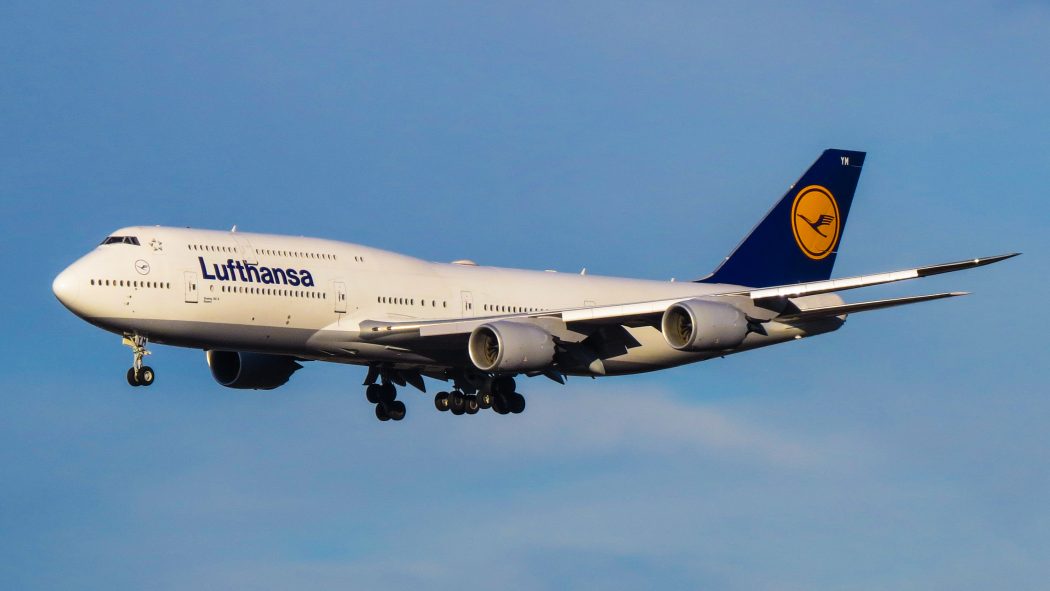On January 22, 1970, Boeing’s 747 airliner took off for the first time. The flight, operated by Pan American Airways, linked the cities of New York and London. Fifty years later in 2020, amidst a tumultuous aircraft industry, the “Queen of the Skies” begins its descent to retirement.
Earlier this month, in a statement that saddened aviation enthusiasts around the world, Boeing Co. announced that it was halting their production of the 747 for good. Just a few days later, British Airways, the world’s largest operator of the aircraft, and Australian carrier Qantas, declared that they were also retiring their fleets of Boeing 747s. Both airlines blame the $505 billion dollar travel downturn caused by the COVID-19 pandemic for the premature retirement of the 747.
Having replaced the older and smaller 707 model, the 747 facilitated international business, tourism, and anchored the beginning of modern-day air travel.
The Boeing 747 disrupted the aviation world in many ways. It was the first wide-body airliner, capable of carrying up to 480 passengers and flying over 8,500 km at once. At the time, the 747 was the largest and most luxurious aircraft in the world. Its seat configuration gave it a distinct silhouette – first-class and business passengers in the upper deck at the front, and coach passengers in the lower deck – hence the nickname “jumbo jet”. The 747 became associated with prestige, and almost every major airline at the time was eager to own one, despite the hefty maintenance costs. Having replaced the older and smaller 707 model, the 747 facilitated international business, tourism, and anchored the beginning of modern-day air travel. The 747 also made it easier to transport cargo units, resulting in improved logistics. Boeing did not stop at the aircraft’s first model (747-100). The company kept improving the 747 aircraft, adding five newer models, the latest being the Boeing 747-800 released in 2005.
The decision to retire the 747 did not come as a surprise. Over the last few years, many airlines have either retired their fleet of the aircraft or have announced a date to do so. Today, only around two hundred 747s still roam the skies. In the last twenty years, the Boeing 747 faced fierce competition most notably from major European rival Airbus. In 2005, the Boeing 747’s most obvious competitor was unveiled to the public for the first time: the Airbus a380, a double-decker capable of carrying twice the number of passengers and traveling a longer distance. However, the A380 did not take off as expected, and Airbus discontinued the airliner in 2019. Today, with rising ecological concerns, airlines are looking for more environmentally friendly solutions such as the Boeing 787 “Dreamliner” and the Airbus a350. While these airliners may not carry as many passengers as the B747 or the A380, they significantly reduce fuel-related expenses and are easier to operate than their older counterparts.
Today, as more and more 747s make their way to the “airplane graveyard” in the Mojave desert, one can only look back and appreciate the one of a kind innovation that was the jumbo jet.








